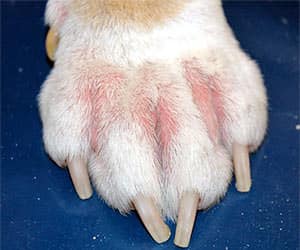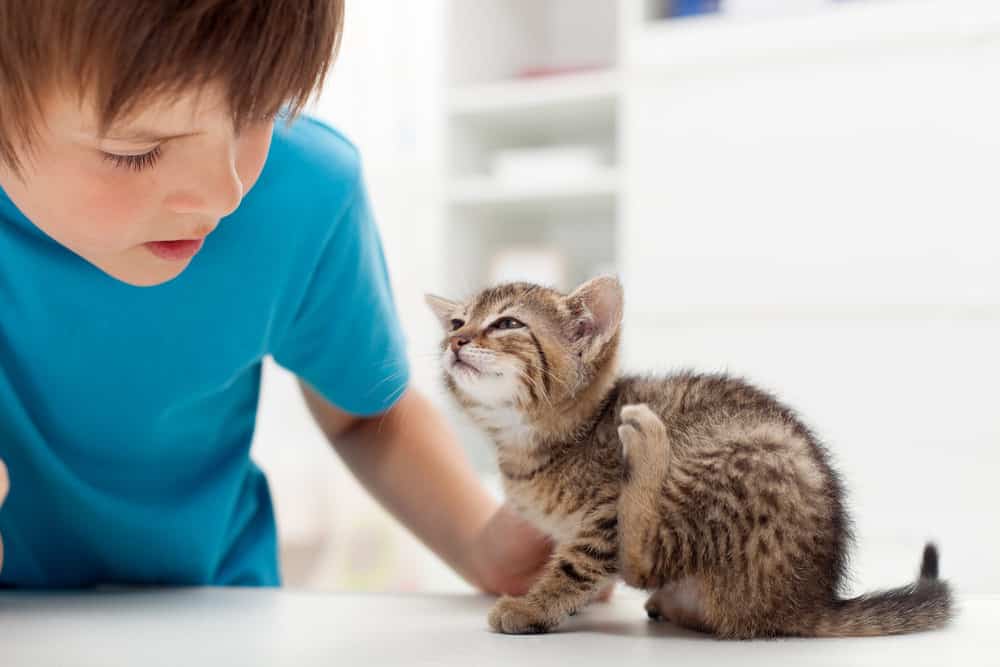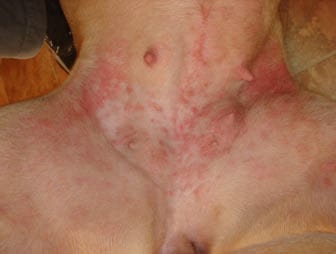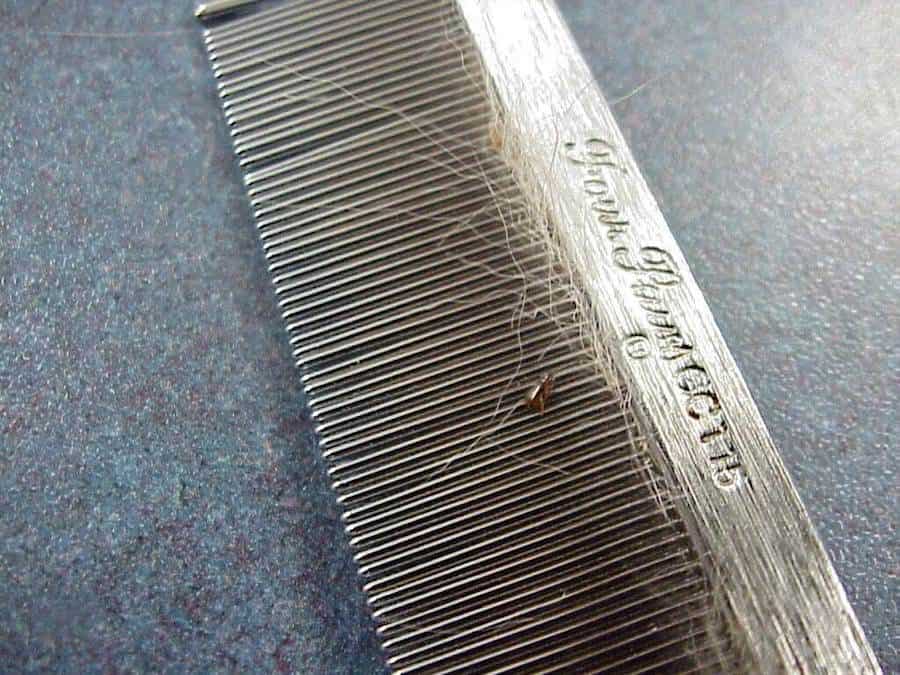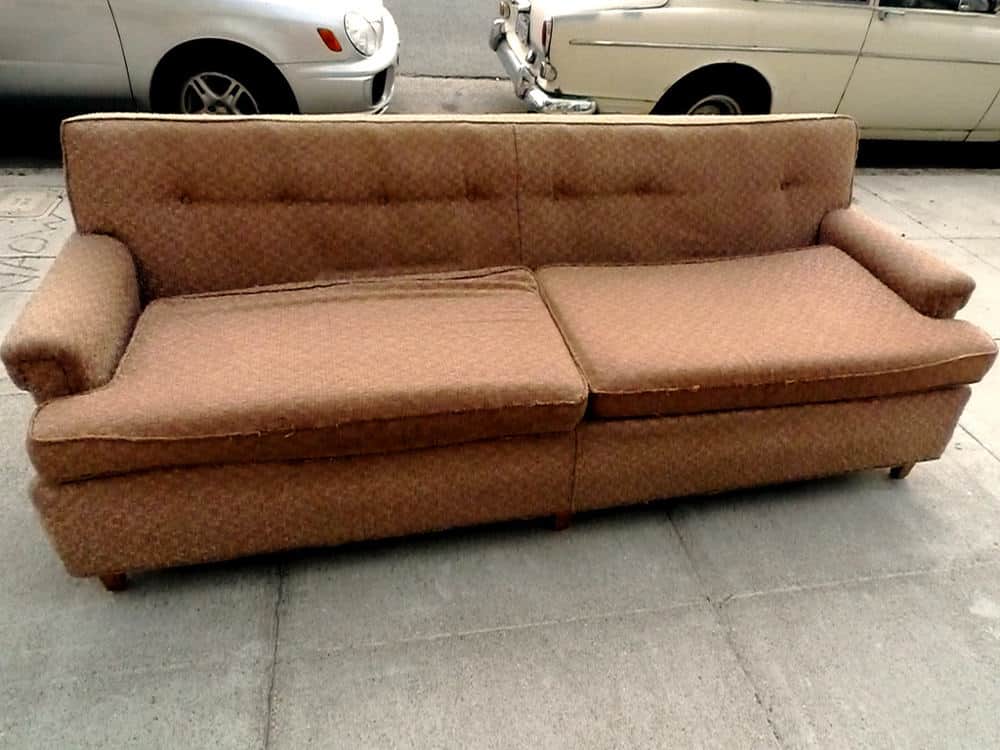How To Kill & Get Rid Of Fleas In Carpet
Fleas are horrible, irritating pests that can infest your home in what seems like a blink of an eye. They are very hardy parasites that multiply rapidly, once they have found their way indoors, leaving you and your pets itching and scratching.
These little bloodsuckers love to hide out among the fibers of your carpets and rugs, getting ready to leap onto a passing victim for a tasty meal.
As hopeless as it may seem, it is possible to effectively kill the fleas which are residing in your carpet and prevent them from returning. In this article, we give you the facts about killing fleas in your carpet.
Can Fleas Live in Carpets?
Carpets are the number one place where young fleas like to hide within the home. It is a little-known fact that fleas spend the vast majority of their life cycle developing in the fibers of carpeting.
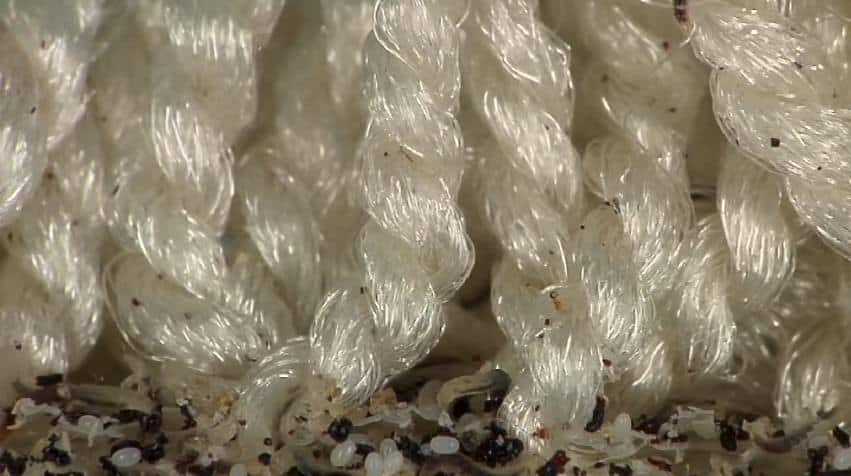
Flea eggs, larvae and pupae all develop and live within their surrounding environment. It is only the adult fleas which spend their time upon a host, which is usually an unlucky family dog or cat.
Adult fleas breed upon their host and lay their eggs among the fur. These eggs do not stay upon the host, instead, they are designed to slip and fall through the hair to the floor.
Since fleas breed continuously, if your pet has fleas, they become a walking egg distribution machine. Everywhere your pet goes, the eggs will drop to the ground.
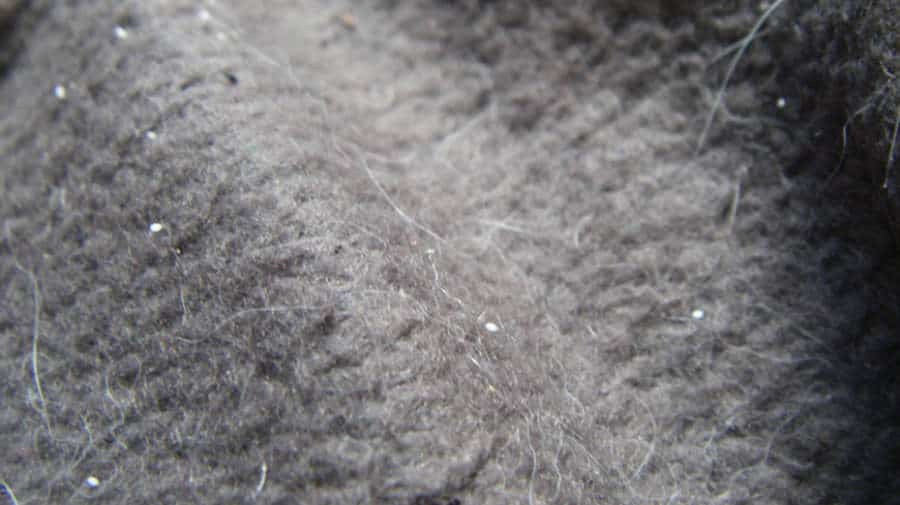
Carpets and rugs make the perfect environment for flea eggs to develop. They provide a humid, warm and protected climate to hide until they are ready to emerge as larvae.
Flea larvae remain deep within the carpet after they have hatched. They like to hide away from sunlight, so will burrow as deep into the base of the carpet as they can.
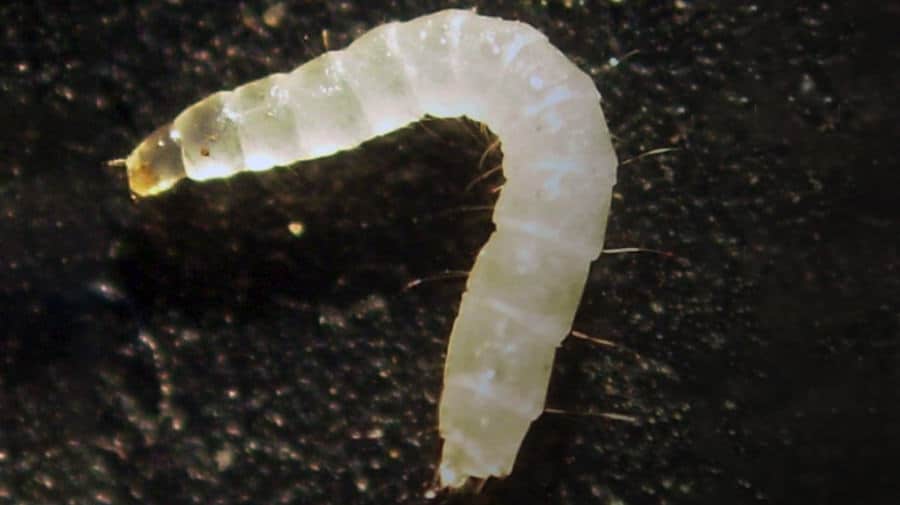
These flea larvae do not bite and drink blood like adult fleas. They survive by eating their own skin sheddings, as well as excreted blood from adult fleas.
Once the larva has grown and consumed enough nutrition to move onto the next stage of the life cycle, it takes itself to a quiet location to make a cocoon.
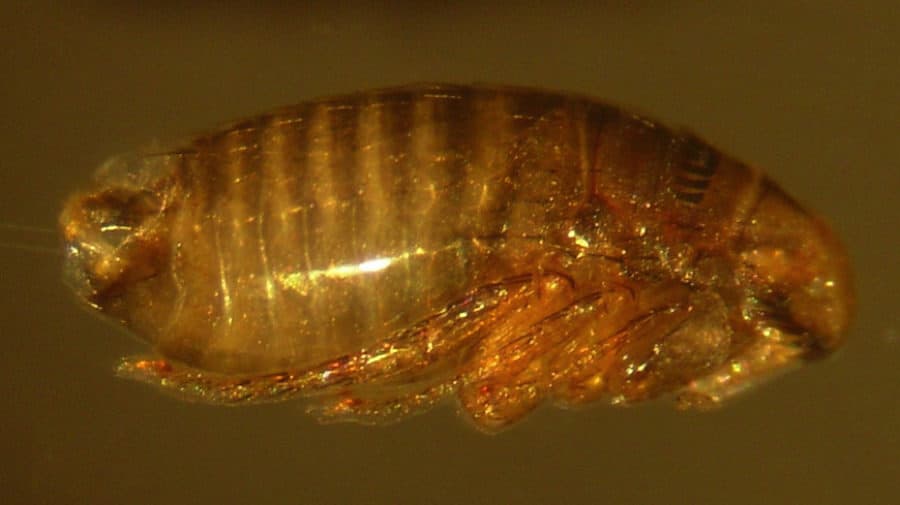
Carpet fibers are the perfect material to make a strong cocoon, and this also means the larvae becomes firmly attached to the carpet while they are pupating.
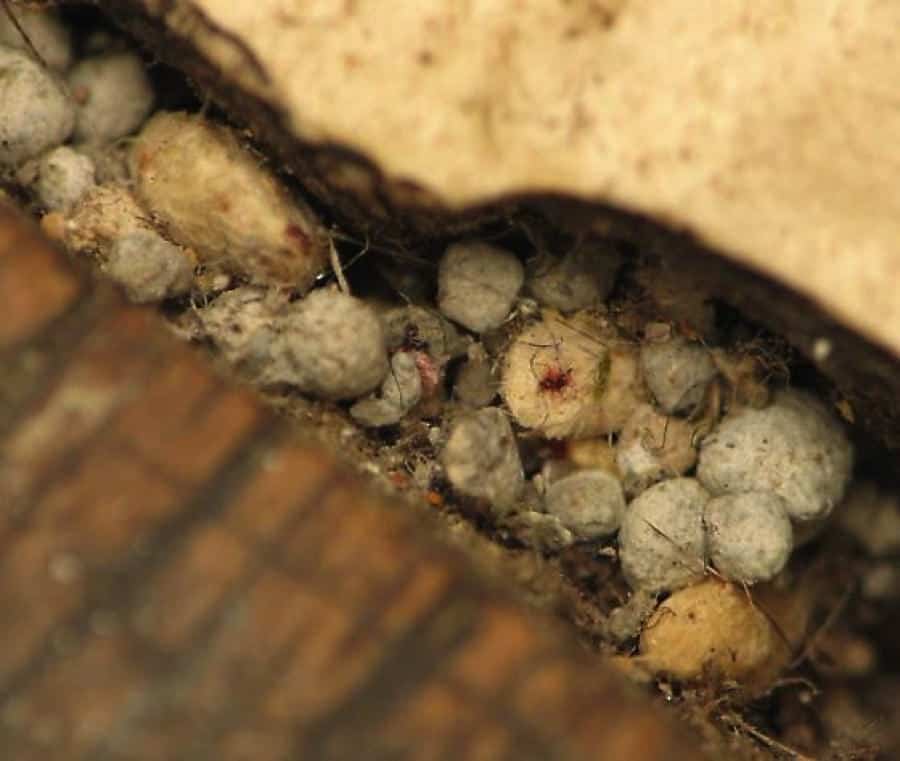
Even when adult fleas are finished pupating, they may choose to stay hidden in their carpet cocoons until they sense that a suitable host is nearby. They can stay in this state for months at a time without food.
Once they sense a host, they will break out of their cocoon and pull themselves to the top of the carpet fibers, ready to leap onto the unsuspecting host as they pass by.
How to Tell If You Have Fleas or Flea Eggs in the Carpet
Checking your carpet for fleas and flea eggs by sight can be rather difficult. Both fleas and their eggs are tremendously small, and while they can be seen with the naked eye, you will need to have particularly good vision.
Flea eggs are about 0.019 of an inch in length and 0.011 of an inch in width. They have an oblong shape and are whitish-cream in color. They are frequently described as looking similar in appearance to a tiny grain of rice or sugar.
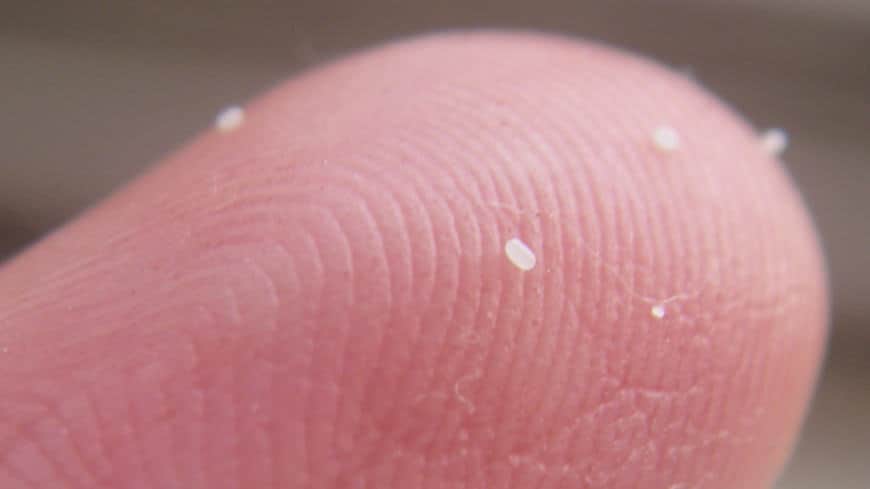
Fully grown adult fleas are much larger, but still minute. They are around 0.05 inches to 0.12 inches long and have a very narrow flattened body. Fleas can range from a light reddish-brown color to a deep dark brown color, depending upon how much blood they have consumed.

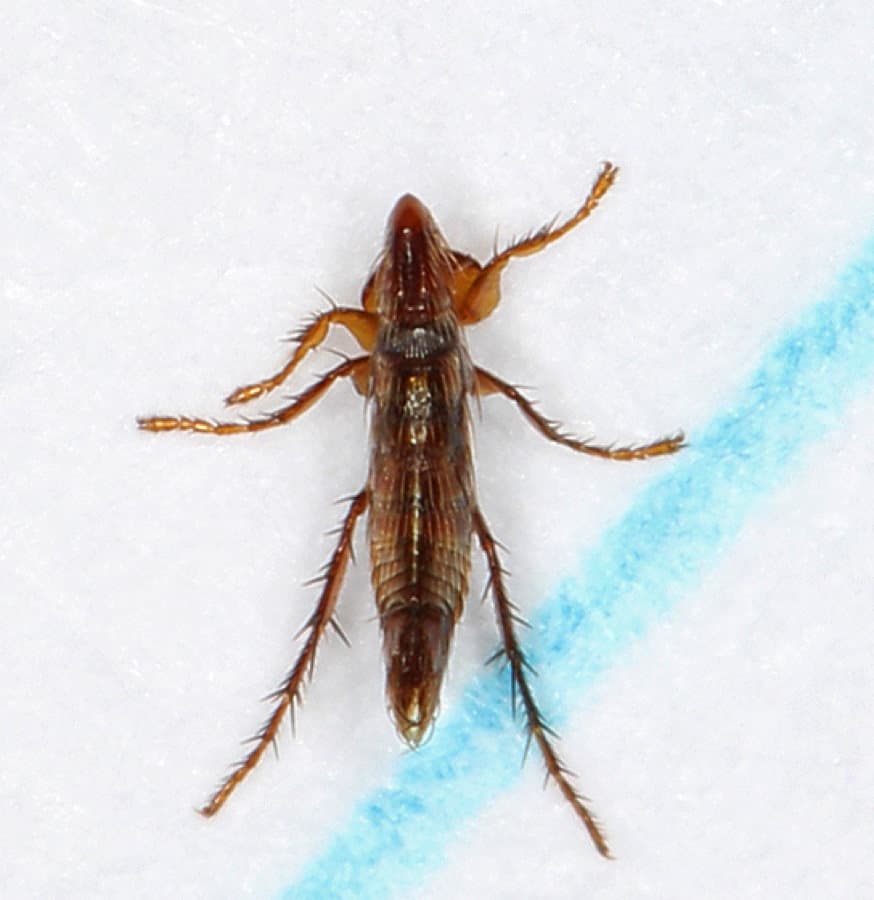
There are a number of tricks to check your carpet for fleas and flea eggs. The first and most thorough is to check over the fibers of your carpet with a flashlight and high-powered magnifying glass.
Take your hand and slowly run your palm over the fibers, separating them to expose what may be hiding beneath. If you see any little brown or white specks, take a moment to examine them more closely to see if they are flea eggs or adult fleas.
If you don’t fancy crawling across your carpet with a magnifying glass, you could try the “white sock method.” As the name suggests, this method requires you to put on a pair of long white socks, pull them up high and go for a walk over your carpet.
Shuffle and stomp your feet as you go, and cover the carpet thoroughly. Once you are finished, examine the socks to see if you have any “hitchhikers” attached to the fabric. Fleas will show up clearly on the white background, so you will spot them easily.
For those who prefer a more passive investigative approach, you can use a “flea trap” to determine whether you have any fleas in the area. Fleas have very simple eyes which cannot perceive more than changes in the intensity of surrounding light.
Because of this, adult fleas are attracted to light, especially light which flickers intermittently. This is because the flickering light mimics a shadow cast by a passing host.
‘Flickering light’ flea traps can be purchased, however, a static light homemade trap will still work well, if all you want to do is determine whether or not you have fleas.
This method is best used overnight. Fill a wide and shallow bowl with water and two tablespoons of dish soap. This ensures the fleas that land in the bowl will die.
Place the bowl in the middle of the carpet and put a battery powered tea-light candle into the water. Turn off all the lights and head to bed.
In the morning, if you see any dead fleas floating in the bowl, you can be sure you have fleas and flea eggs in your carpet. Be careful using this method if you have pets and never use a real naked flame tea-light, unless supervised.
How to Get Rid of Fleas & Eggs in the Carpet
One of the easiest and most effective ways to eliminate fleas in your carpet is with the trusty vacuum cleaner. Using a quality vacuum cleaner allows you to suck up flea eggs, larvae and adult fleas which may be tucked away in or on the fibers.
Pupae are harder to destroy, due to the way they are bound to the carpet in their cocoons. Still, vacuuming thoroughly and firmly will pick up a great percentage of them.
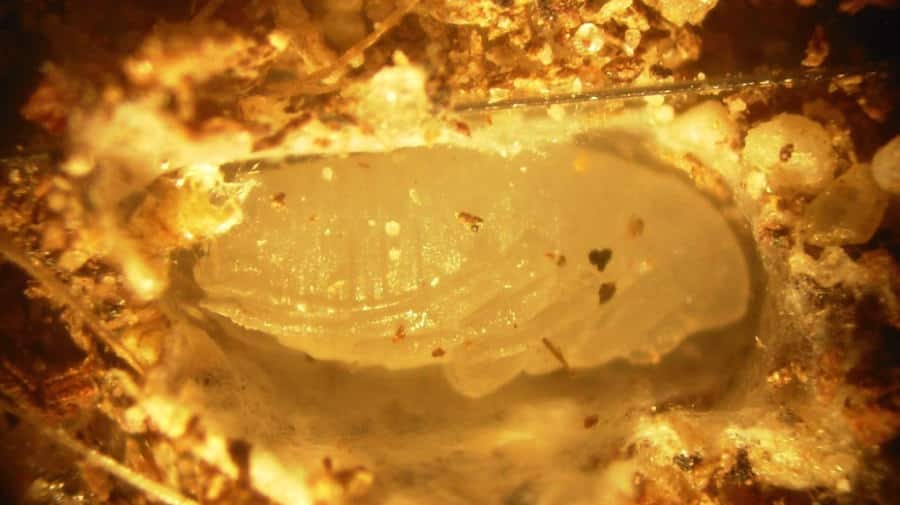
It is worth noting that the vibrations caused by the vacuum cleaner can stimulate the adult fleas into leaving their cocoons. This is because they believe it is a sign of a host nearby.
Instead, they get quickly sucked up the vacuum before they have the chance to cause you any further trouble.
There are certain areas of your carpet which should be vacuumed even more thoroughly. These are anywhere your pet likes to sleep or play, as well as edges and corners along walls, which provide a low traffic shelter for larvae and pupae.
Go over these areas thoroughly with the vacuum, as these will be the areas with the greatest concentration of flea eggs, larvae, and pupae.
It is extremely important that you empty the vacuum outside, not in the house. This is so that any surviving fleas are not able to leap straight back into the home when you open the vacuum.
The eggs you have sucked up are likely to hatch in the vacuum bag, so be sure to empty well and dispose of them a good distance from the home.
If you want to go even further, a steam cleaner is absolutely guaranteed to destroy flea eggs, their larvae, pupae and any adults which are hiding in your carpet. Steam cleaners are even more effective than vacuums at removing and killing fleas due to the very high temperatures they emit.
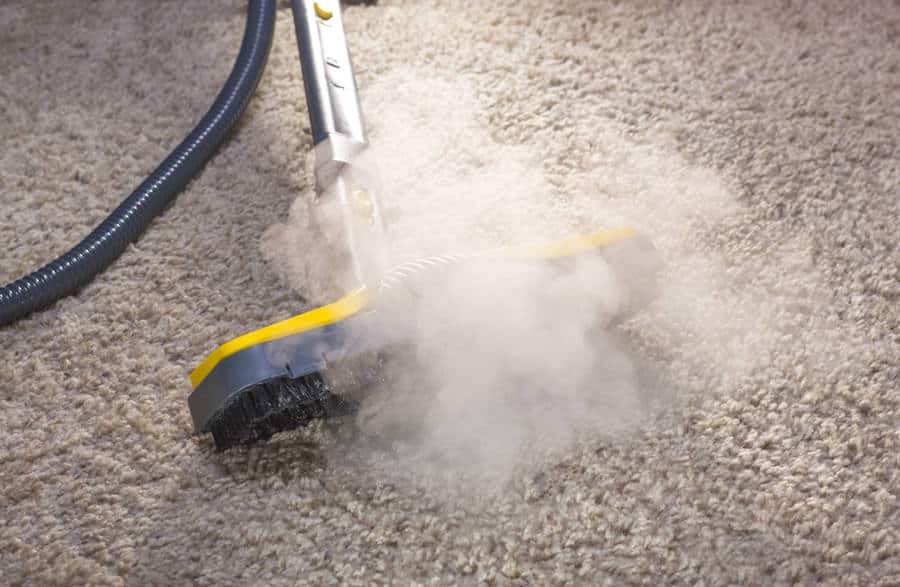
Flea pupae can be a little tough to remove completely with just the vacuum cleaner, due to the way that they are wrapped up and attached to the carpet. Nevertheless, when exposed to steam, the pupae will loosen from the carpet fibers and are, therefore, much easier to eliminate.
Fleas will die when exposed to extremely high temperatures. In fact, they cannot survive temperatures of more than 100.4 F. The heat emitted from a steam cleaner can be more than twice this temperature, so fleas in all life stages will not stand a chance.
Specific house-safe flea sprays can also be used effectively in conjunction with other methods mentioned within this article, along with flea powders especially designed for use on carpets.
How to Prevent Fleas From Infesting Your Carpet in the Future
If you want to prevent fleas from ever inhabiting your home and carpets again, you need to know how the fleas got there in the first place. Fleas always originate from outdoors, so if you have a yard, this is the best place to start.
They love to hide in shaded, warm, sheltered and damp areas – usually under low shrubbery or overgrown patches of foliage.
Give them fewer places to hide by trimming back all your shrubs and bushes and mowing the lawn often. If you can, ensure that any new plants are planted a few feet from each other so as not to create an attractive shaded area.
These simple actions can produce big results. Fleas will wait in sheltered places, out of sunlight, for your pet to come past, then ‘hop aboard.’ If there are less places to hide out in waiting, your risk of fleas is reduced.
You can also treat the yard area with beneficial nematodes or specialized outdoor flea sprays to ensure there are no fleas planning their entry into your home.
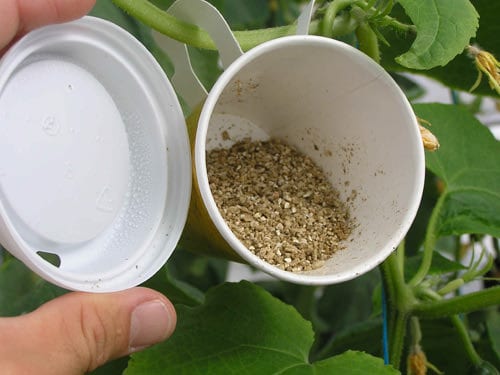
After treating your yard directly, you must consider how to prevent wildlife from bringing fleas back into the yard. It is most likely that feral, stray and wild animals brought the fleas into the yard in the first place.
It isn’t their fault, these poor creatures are suffering with fleas too, dropping flea eggs wherever they go.
The best defense against wildlife foraging in your yard is to make sure there are no sources of food out to tempt them in. You can also get humane devices which emit high pitched noises or lights to deter unwelcome wildlife from visiting.
Once your outdoor areas have been attended to, you must ensure you are treating any pets for fleas. If you don’t, any flea population on your pet, even if it is only a small number, will cause another infestation in no time.
Speak to your vet regarding the correct flea treatment to use. Dog flea treatments can poison cats, and the age and breed of your pet can affect which treatments are safe to use.
Protect your pets from further infestations by washing any pet toys and bedding regularly, on a very hot wash to kill any fleas and eggs that may be hiding there.
Giving your pets a wash with dog and cat-specific flea shampoos can also go a long way with keeping pest populations at an all-time low.
Don’t be embarrassed about having fleas in the home; it doesn’t mean that your home is messy or unhygienic. Yet, that’s not to say that vacuuming regularly will not help, because it certainly will.
Going over your home with the vacuum twice a week and steam cleaner once a month is a great way to prevent fleas taking hold in the carpet again.
If you want to add extra punch to your preventative vacuuming, you can use food grade diatomaceous earth every couple of months. This earth is made from the exoskeletons of microorganisms. It erodes the protective outer layer of fleas and can suffocate and dehydrate them.
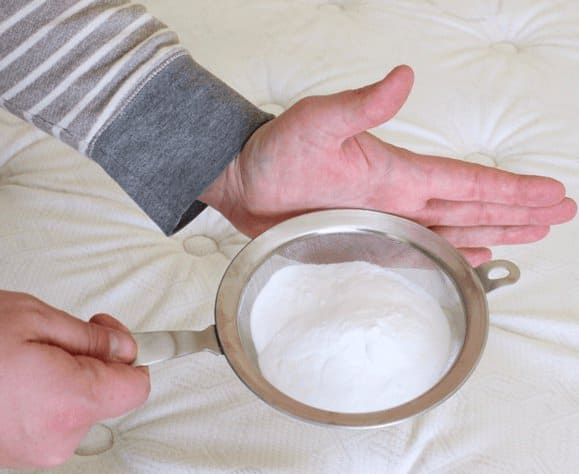
To use diatomaceous earth, all you do is shake it all over your carpets, brush it in with a stiff brush and leave it to rest for a day or two. Finally, thoroughly vacuum it all up.
Summary
Fleas are nasty and unwelcome pests in any home. They cause irritation and disgust to all who encounter them.
Although fleas and their eggs and larvae are well adapted to hiding out of sight- deep within your carpets, that doesn’t mean they are immortal.
Fleas have their weaknesses just like any other living thing, and they are not immune to destruction by those who know how to hit them hard.
As we have seen, there are several ways to effectively kill fleas in carpets, so that you can rest easy in your home again. I hope you find this information useful in your battle to get rid of fleas in your carpets.

